What is a mini MNO? That is basically a very small carrier. One so small it may only serve a building or a community. This of the CCA, Competitive Carriers Association, only the smallest members. Think of small businesses having an opportunity to create a small communications system on a lightly licensed network, not Wi-Fi. Something they can charge for and partner with the carriers to offer to roam. Think CBRS!
The CBRS spectrum is going to open up new businesses. While we are looking at it as an IOT solution, let’s not forget that the opportunity to create a neutral host system that the carriers can roam onto will be the greatest opportunity for small businesses. They can use it for their networks and allow their carriers to roam onto that system. Less money out of the carriers to expend indoors or on a street where they see little payback. It’s taking coverage and making it crowdsourced. Especially since the small cell and CRAN builds are not as cheap as everyone has hoped. This is an opportunity for all of us to work together. Just like Wi-Fi only they would get paid for the service.  I could also see the cable companies jumping in on this. Right now we’re looking at PLTE as the solution, but it will migrate to 5G very soon.
I could also see the cable companies jumping in on this. Right now we’re looking at PLTE as the solution, but it will migrate to 5G very soon.
Why do we want a mini MNO?
The reality is that the larger carriers can’t, or won’t build everywhere. It’s a simple economics question. Will they make money building in every building and on every street? They need to get a payback. They need to show profits. They need to build where the biggest payback will happen. Why build everywhere when it would be a huge drain on CapEx to build and OpEx to maintain?
They don’t want to build indoors and they are tired of building and maintaining DAS systems. At least in small venues, unless there is a huge customer or investor in that building. They are not going to spend CapEx for no reason. Mini MNOs are going to help us fulfill the 5G coverage criteria of “broadband everywhere”. That’s their job. This is not going to be hard after the FCC releases the CBRS spectrum for 5G. I hope they do soon, it’s literally been over 3 years. Just a reminder that T-Mobile slowed everything down when they demanded their share of the spectrum.
Won’t the Larger Carriers crush a mini MNO?
Actually, I am working with a client that told me the opposite. Larger carriers have no desire to build 4G and 5G in some parts of cities, in buildings, and in rural areas. However, from what I am told, they are willing to roam onto someone else’s system. This will be a mutual agreement between the two parties. 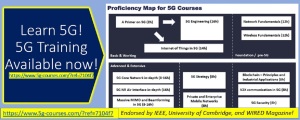 The carriers want someone to fill the holes. They do not want to invest in DAS systems where the payback is small or nonexistent. They are tired of managing sites and DAS headends where it doesn’t make sense. The reality is that larger carriers already rely on smaller carriers, members of the CCA, because they can’t cover everywhere. They either spectrum share or roam onto their networks seamlessly. The idea is that you as an end-user have no idea whose network you’re on. All you know is that you have coverage there and if it’s 3G, 4G, or 5G. The same concept that the smaller carriers who are working with the larger carriers on roaming agreements. CRAN has made this less painful, but if some small local company that has the good graces of the locals in mind, they can build faster and for less money. Why? Because when a major carrier comes in the city sees them as the big bad wolf or as a pocketbook to pay for all new poles. Either extreme is bad for the carriers.
The carriers want someone to fill the holes. They do not want to invest in DAS systems where the payback is small or nonexistent. They are tired of managing sites and DAS headends where it doesn’t make sense. The reality is that larger carriers already rely on smaller carriers, members of the CCA, because they can’t cover everywhere. They either spectrum share or roam onto their networks seamlessly. The idea is that you as an end-user have no idea whose network you’re on. All you know is that you have coverage there and if it’s 3G, 4G, or 5G. The same concept that the smaller carriers who are working with the larger carriers on roaming agreements. CRAN has made this less painful, but if some small local company that has the good graces of the locals in mind, they can build faster and for less money. Why? Because when a major carrier comes in the city sees them as the big bad wolf or as a pocketbook to pay for all new poles. Either extreme is bad for the carriers.
Who would become a mini MNO?
From what I have seen it is not just one group, company, or person. It’s generally a partnership between the wireless provider, the city, local businesses, and a backbone or fiber provider. I am working with multiple companies that think CBRS is the answer. They are already reaching out to carriers. There are companies that already have agreements in place with the carriers to help make roaming possible. The idea is that the city loves when local businesses have an opportunity to start something without the city throwing in a dime. Yet they can take credit for helping them get the permitting done in a timely fashion. They can help get things moving along quickly for the local business. It doesn’t become an us and them scenario that the larger carriers often find themselves in. This is more of an “us and us” scenario. It can happen quicker than if the larger carriers follow the traditional route of site acquisition, permitting, and construction.
That along with the carriers who can roam onto a neutral host 4G or 5G system without using their investor’s money is great. They can have a market test prior to spending too much money. Now we have small businesses growing and moving ahead.
Why hasn’t this been done before?
Well, technically, it has by members of the CCA.This model is based on spectrum, one thing that has not been available to anyone outside of those circles. Today’s spectrum is expensive. You can lease from a larger carrier or pay the FCC hundreds of millions. Or, ow with the CBRS, you can build a lightly licensed SAS system for a fraction of the cost. Smaller carriers are MNOs, they are larger than I would think any mini MNO would be and they invested millions to get where they are. These are CCA members like Shentel, Alaska Communications, and US Cellular, (who is quite large), carriers roam onto their network and they roam onto a larger carriers network.
In the Wi-Fi space, you have Boingo putting Wi-Fi everywhere. But we all know Wi-Fi hasn’t been a favorite of the larger carriers for anything but offloading. On the other hand, Boingo finds their DAS side of the business to be very profitable. I would think they can’t wait for the CBRS spectrum to be released so they can build out their own network. The issue for smaller companies has been the spectrum. The LTE-U, unlicensed LTE use in 5GHz ISM band never got off the ground in scale. In fact, it really flopped after all the cable companies protested. I thought they would have embraced it to offer roaming to the carriers for a new revenue stream. They shot that down pretty quick. Now, with CBRS, we can see the growth of small businesses in the wireless sector. This is great news if the larger carriers to embrace this. Hopefully, the FCC will release the GAA spectrum very soon. 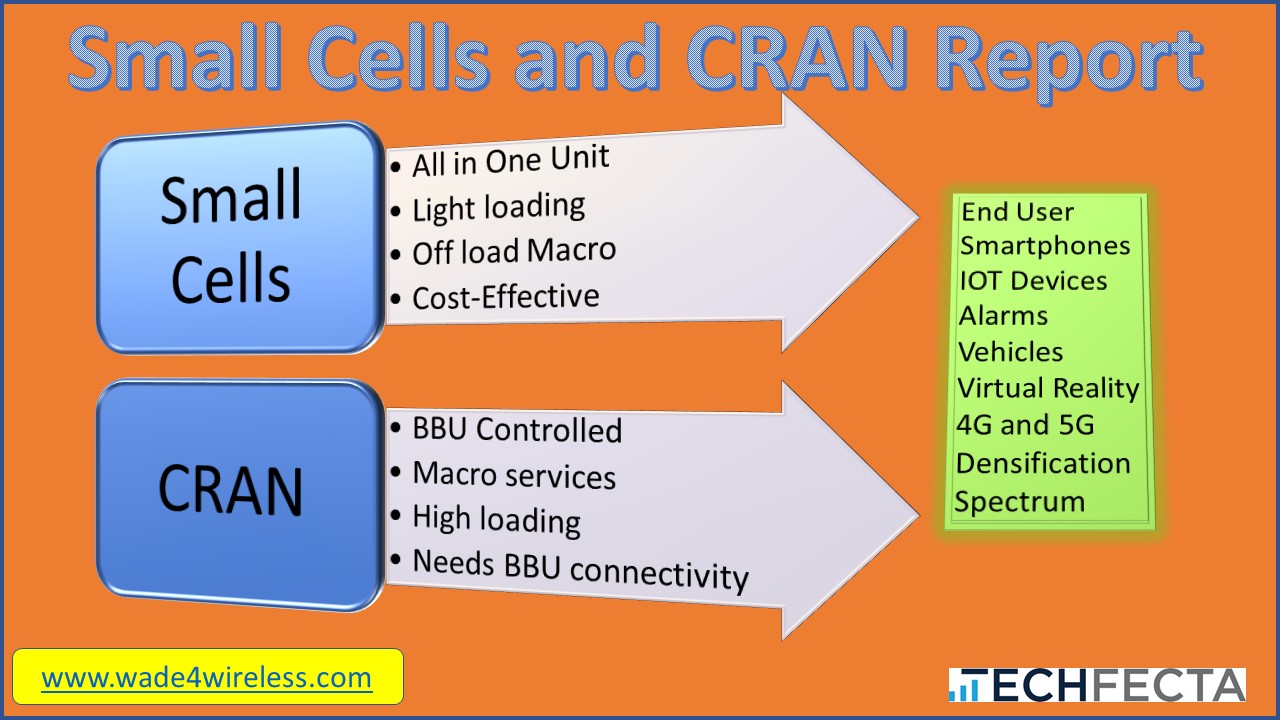 In the old days, there were many small businesses in wireless. Consolidation and spectrum auctions pretty much killed most of that. Now there is an opportunity for small business to see growth in the wireless sector once again.
In the old days, there were many small businesses in wireless. Consolidation and spectrum auctions pretty much killed most of that. Now there is an opportunity for small business to see growth in the wireless sector once again.
Let’s look at some terms.
- An MNO on a Mobile Network Operator, like the Verizon, AT&T, and T-Mobile in the USA. This is someone who builds the infrastructure and adds customers to use its own network.
- An MVNO is a Mobile Virtual Network Operators. Someone you may know is Boost Mobile who uses Sprint’s network. Maybe you’ve heard of Cricket, they use AT&T’s network.
- Hybrid MNO and MVNO is basically someone who may have their own wireless system in a very local area. For instance, members of the CCA, Competitive Carriers Association, are all smaller carriers that may sell on their system but roam onto a larger network. You may have heard of Shentel, Shenandoah Telecommunications Company, that build a network across parts of Virginia, West Virginia, and Pennsylvania. Shentel is an affiliate of Sprint. So when in their areas, you look like you’re actually on the Sprint network. If you’re in those areas, you may think you’re on Sprint’s network when in fact you’re riding on Shentel’s network.
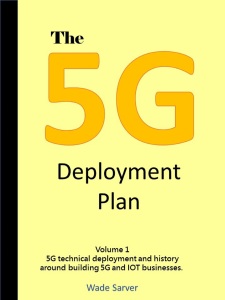
- Neutral hosted DAS. Today we have DAS companies that do this in buildings, venues, or airports. They are not called Mini- anything. They are just neutral host DAS vendors. For example, Boingo, the Wi-Fi service provider, has built a very successful neutral host DAS business. They were able to build a successful business around DAS systems.
- Mini MNO or Mini MVNO will be a company that builds a very small concentrated network to cover a specific area or building. Think neutral host DAS without which carrier building their own network, rather someone will build the network for their own purposes and allow all the carriers to roam onto it. CBRS allow this. Regardless if it’s PLTE or CBRS, it is seamless roaming.
- Cable companies will also have their chance to become MNOs. While Comcast is not mini in any way, they came up with a way to provide Wi-Fi coverage in their markets while Verizon provides the extended cell coverage. Comcast is an MVNO. What Comcast is missing today is a host of small cells to allow roaming back onto its network. Apparently, they rely heavily on Wi-Fi.
So why Mini MNOs and MVNOs? Because it makes sense for the following reasons.
- The carriers don’t want to build indoors unless they have to. It’s a heavy expense with a limited payback.
- The carriers don’t want to build in areas of the cities or rural areas where the payback is very small, so they would rather roam onto a carrier and let them make the investment.
- Landlords have to provide a lot of space when each carrier needs a headend. While CRAN is eliminating this problem, it’s still a cost for the carrier to add BBUs anywhere when they could simply roam.
- Landlords don’t want to deal with 10 different carriers. That’s they the neutral host DAS is so popular and that helped someone like Boingo go from Wi-Fi to a leading neutral host DAS company.
- Crowdsourcing coverage makes economic sense.

I think that the CBRS spectrum in the USA will open up a lot of new business opportunities for enterprise and smaller communication companies. The carriers have to happy not to try to cover indoors of every building and low subscription area of cities and municipalities. I’m already working with partners that have this business model. So far, the carriers seem to be embracing it. They have better ways to spend their money. They need to invest in 5G builds, and they are starting with the macro sites. Then they will trickle down to the remote sites via CRAN. They are not stupid, they know that they need new business cases to survive. If the mini MNO takes off and the carriers can crowdsource coverage they are ahead of the game. This saves money, time, and marketing money. There is no way a mini MNO can compete with a larger carrier. Inf act, they don’t want to. They want the carriers to treat them as an MVNO so that they can sell that carriers service in their market. It creates new partnerships. Small businesses can partner with a big brother right away and offer even more value. The mini MNO is in its infancy and I hope to see it grow.
References: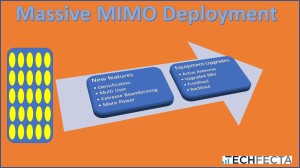
- https://en.wikipedia.org/wiki/List_of_United_States_mobile_virtual_network_operators
- https://searchmicroservices.techtarget.com/definition/mobile-virtual-network-operator-MVNO
- http://www.yozzo.com/mvno-wiki/mvno-types-and-operational-models
- https://www.researchgate.net/profile/Rebecca_Copeland/publication/261312963_Modelling_multi-MNO_business_for_MVNOs_in_their_evolution_to_LTE_VoLTE_advanced_policy/links/55b0caad08ae32092e072e0b/Modelling-multi-MNO-business-for-MVNOs-in-their-evolution-to-LTE-VoLTE-advanced-policy.pdf
- https://en.wikipedia.org/wiki/Shentel
- http://www.boingo.com/business-services/neutral-host-das/
- https://ccamobile.org/about/cca/914473
- https://www.linkedin.com/company/competitive-carriers-association/
Be smart, be safe, and pay attention!
See Ya!
I appreciate all of your support. Thank you so much!



The foundations below do beautiful work, spreading love when all seems lost.
Climbers can get seriously injured and/or die on the job. Support the workers who build and install wireless systems!
Together we can honor and remember the fallen in our wireless family.
Hubble Foundation helps the families of climbers in a time of need and beyond with financial support and counseling!
Tower Family Foundation supports the families of tower climbers at the time of crisis when a climber falls with financial assistance and more.

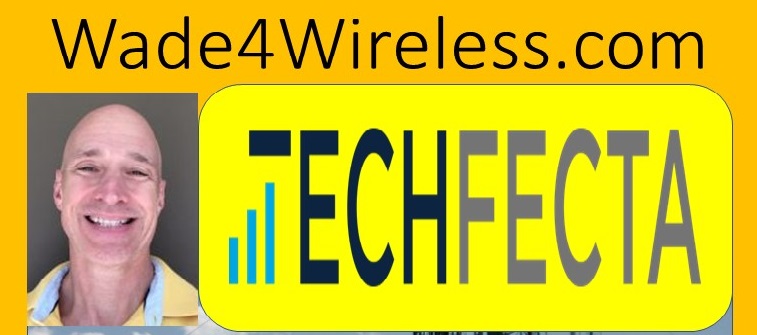
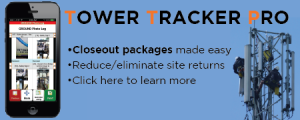


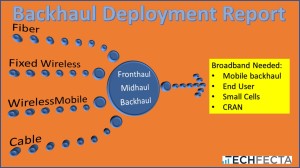


[…] https://wade4wireless.com/2019/08/10/what-is-a-mini-mno/ […]
LikeLike